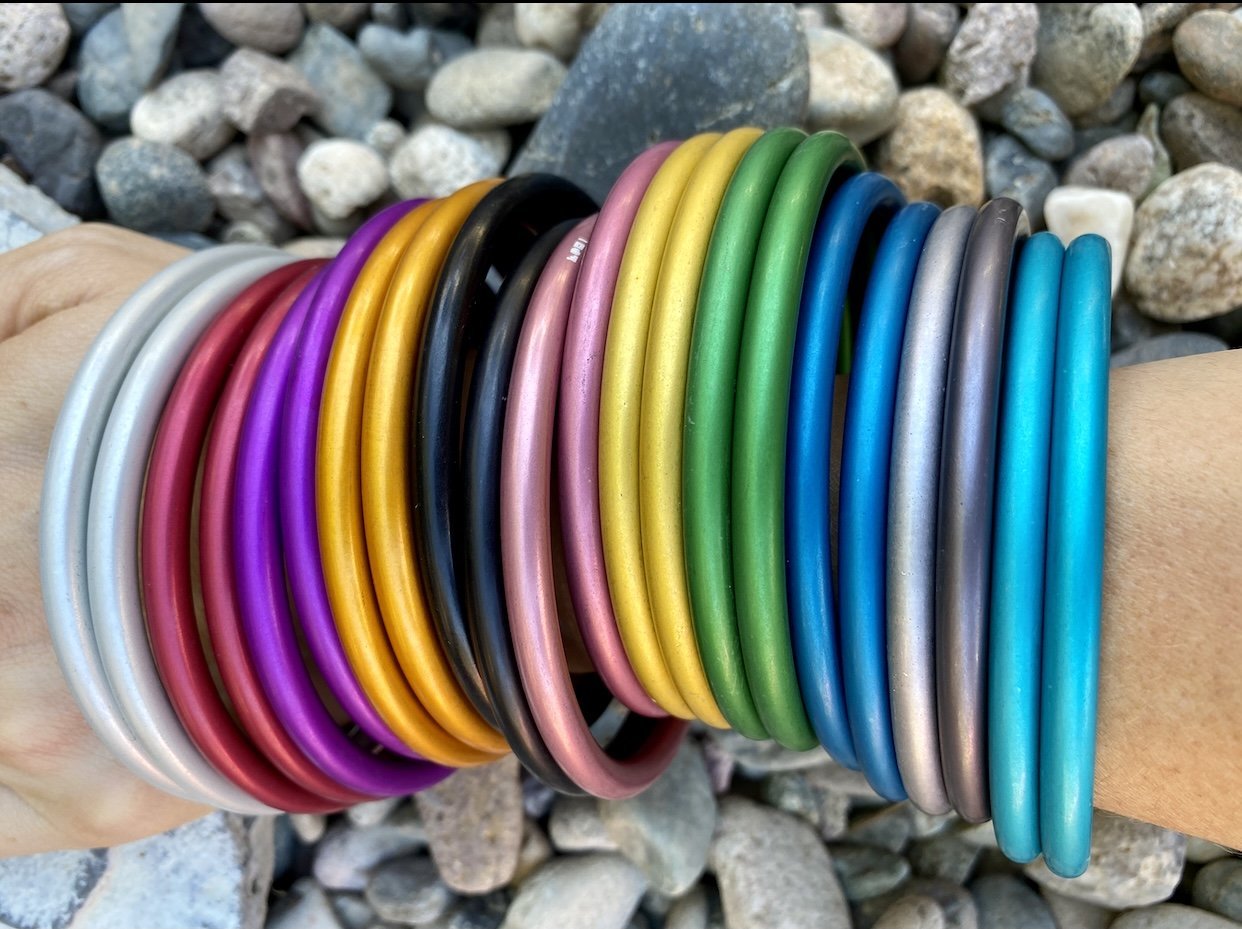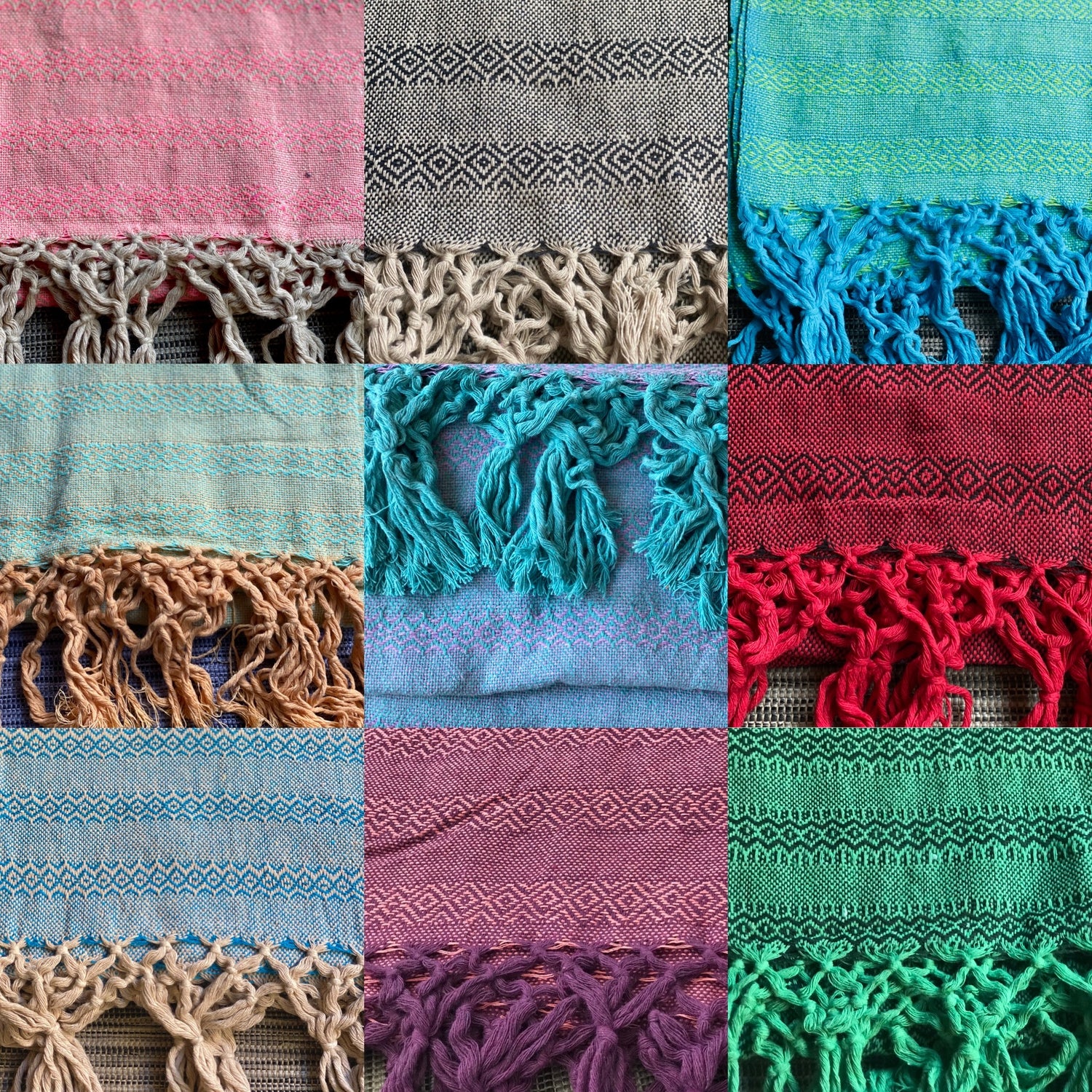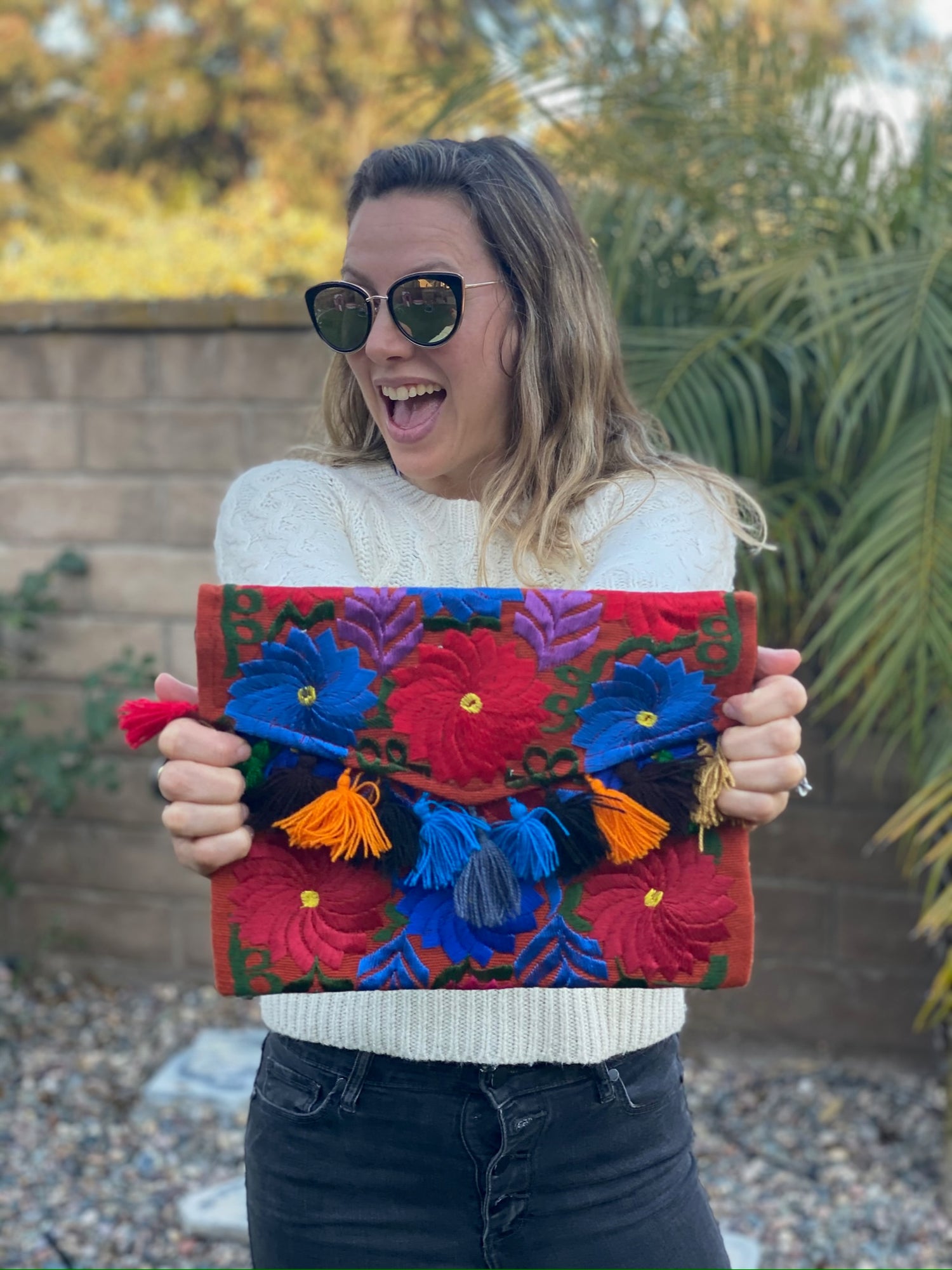Using a rebozo as a baby carrier is a wonderful way to keep your little one close while also embracing a rich cultural tradition.
The rebozo is not just a stylish accessory; it offers comfort, security, and convenience for both you and your baby.
Originating from Mexico, the rebozo serves multiple purposes, and knowing how to use it effectively can enhance your parenting experience.

This practical guide will walk you through the different ways to wear a rebozo, ensuring that you can safely and comfortably carry your baby.
You'll learn the techniques that harness the rebozo’s versatility, making it an ideal choice for everyday use.
Whether you're looking for bonding opportunities or need your hands free, the rebozo can meet your needs.
Along the way, you will find answers to common questions about using a rebozo as a baby carrier.
By the end of this article, you’ll have the confidence to integrate this traditional tool into your daily routine, making both you and your baby feel secure and connected.
Key Takeaways
- A rebozo serves as both a stylish wrap and a practical baby carrier.
- You can learn various techniques for safe and comfortable babywearing.
- This guide answers common questions about using a rebozo effectively.
Understanding the Rebozo and Its Uses

A rebozo is a versatile and traditional shawl that plays an important role in many cultures, particularly in Latin America. Its significance extends beyond just a beautiful accessory; it serves many practical uses, especially in caregiving settings.
The Historical Significance of Rebozos
Rebozos have a rich history, particularly in Mexico and South America. For generations, women have used these hand-woven shawls for various purposes, from carrying children to providing support during labor.
They are often made from soft cotton, warm wool, or luxurious silk, showcasing patterns and colors that reflect local culture. The craftsmanship involved in creating these shawls is a skill passed down through families, emphasizing the bond between generations.
Types of Rebozos and How to Select One
When choosing a rebozo, consider its material and design. Cotton rebozos are breathable and great for warm climates, while wool options are better for cooler weather.
Silk rebozos add a touch of elegance and softness. Look for authentic, hand-woven pieces by skilled artisans to ensure quality.
Patterns and colors vary widely; some are simple, while others feature intricate designs. Make sure to select one that feels comfortable against your skin and complements your personal style.
Multiple Uses Beyond Babywearing
The rebozo's functionality extends beyond just being a baby carrier.
It can be used for swaddling infants, offering a secure and cozy environment. In labor, many doulas and midwives utilize the rebozo to support mothers, helping ease tension during contractions.
It's also effective for wrapping and lifting, providing relief for back pain or discomfort. Furthermore, you can use it as a blanket or a stylish accessory, making it a practical addition to your daily life.
Practical Guide to Babywearing with a Rebozo

Using a rebozo as a baby carrier can enhance bonding and provide warmth for both you and your baby. This guide details how to prepare the rebozo, step-by-step wrapping instructions, and tips for comfort and safety.
Preparing the Rebozo for Babywearing
Before using the rebozo for babywearing, ensure it’s clean and ready. Choose a soft, breathable fabric for comfort, like cotton or silk.
Measure the length of the rebozo, ideally between 5 to 7 yards, based on your size and wrapping preference.
Hold the rebozo lengthwise and make sure there are no twists. If you are new to the technique, take your time to practice the wrap by folding it in half. This will give you better control while securing your baby.
Lay the rebozo over your shoulder and make sure it’s evenly distributed. This helps provide balanced support for your baby.
Step-by-Step Guide to Wrapping Your Baby
Begin by placing your baby in an upright position, facing you. Hold the rebozo across your chest with one end over your shoulder. Bring the other end around your back.
Wrap it under your baby’s legs, ensuring they are in an optimal position to prevent discomfort or pain.
Cross the ends of the fabric and bring them back to the front. Tie a secure knot. Adjust the wrap to make sure your baby is snug but not too tight.
You can use the "manteada" technique for additional support. Snap the fabric securely around your belly for extra belly support.
This helps ease round ligament pain and provides relief during postpartum recovery. Be attentive to how your baby responds throughout the process.
Tips for Comfort and Safety
To ensure comfort for both you and your baby, regularly check the tightness of the wrap. Your baby should not feel constricted or experience any soreness.
Maintain a natural curve in their back to support their developing spine.
Position your baby’s knees higher than their bottom to promote healthy hip development. Make sure their head is supported and that their airway is clear.
While you want a snug fit, avoid excessive tightness that might restrict movement.
Take breaks during prolonged use to avoid back pain or muscle strain. Shift your baby’s position occasionally to relieve pressure from your lower back and pelvis.
Regular adjustments can also help maintain the bond and attachment between you and your baby.
Advanced Rebozo Techniques for Babywearing
Once you are comfortable with basic techniques, try advanced methods like "sifting."
This involves gently adjusting the fabric to redistribute your baby’s weight, reducing pressure on your back. Using this technique can help ease discomfort during longer wearing periods.
The "acomodada" style is another option. It provides added support, especially during moments of pushing or contractions during labor.
This technique helps ease labor pain by supporting the pelvic muscles and ligaments effectively.
Experiment with different styles based on your needs. Each rebozo technique can provide unique benefits, like pain relief and enhanced comfort. Always prioritize safety and the well-being of your baby during every wrap.
Frequently Asked Questions

Using a rebozo as a baby carrier comes with many important considerations. Understanding safety, technique, and culture can enhance your experience and provide comfort for both you and your baby.
What are the safest ways to secure a newborn in a rebozo carrier?
To secure a newborn in a rebozo, make sure to support their back and neck properly. The fabric should be snug, but not too tight.
Always keep the baby's airway clear and ensure their head is well supported.
Can you provide step-by-step instructions for using a rebozo as a baby wrap?
Start by holding the rebozo over your shoulder with one end draping down your back. Place your baby on your chest, tucking them securely into the fabric.
Cross the ends behind your back, bring them to the front, and tie a knot. Ensure the fabric is adjusted for comfort and support.
What are the benefits of using a rebozo during pregnancy and labor?
A rebozo can help relax the pelvic muscles and ligaments during labor. This can ease discomfort and assist the baby in moving into a better position.
Many find that it creates a calming effect, which can be beneficial during contractions.
What is the appropriate length for a rebozo used in childbirth?
A traditional rebozo is typically around 2.5 to 3 meters long. This length provides enough fabric for various techniques during labor, offering support and versatility while allowing for ease of movement.
What techniques do Mexican cultures use to carry babies using rebozos?
In Mexican culture, babies are often carried using a technique called "rebozo wrapping."
This involves secure knots and adjustments that cradle the baby closely to the caregiver’s body. The rebozo allows hands-free movement while maintaining a strong bond between the caregiver and the baby.
How do you choose the right fabric for a rebozo baby carrier?
When choosing fabric, look for something that has a bit of texture to prevent slipping.
Cotton and woven blends are popular choices for their breathability and strength.
Ensure the fabric is soft against the skin to keep both you and your baby comfortable.




